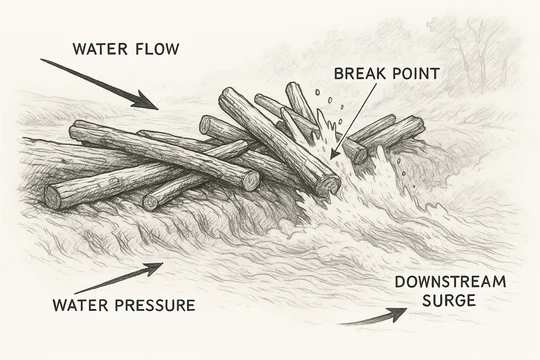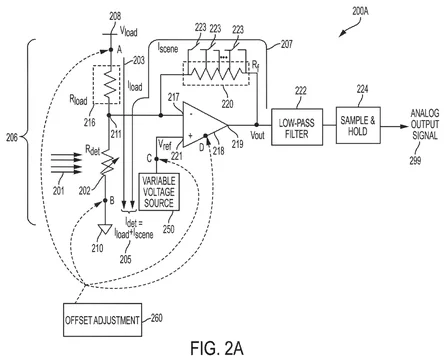
If you file a motion to dismiss and it's contingent on resolution of a claim construction issue in your favor, you're at risk of being denied. We saw that yesterday in a case before Judge Hall, where she denied a motion to dismiss in advance of the Markman hearing:
ORAL ORDER: Having been reassigned this case, having reviewed the briefing filed in connection with Medacta's pending Motion to Dismiss Count III (regarding infringement of the '678 patent) for Failure to State a Claim (D.I. 12 ), and it appearing that the outcome of the Motion depends on the Courts claim construction of a particular term, and in light of the fact that claim construction disputes are generally not suitable for resolution on a motion to dismiss, see Nalco Co. v. Chem-Mod, LLC, 883 F.3d 1337, 1349 (Fed. Cir. 2018), and it further appearing that the parties have briefed that claim construction dispute in their subsequently filed Joint Claim Construction Brief (D.I. 54 ), IT IS ORDERED THAT the Motion is DENIED without prejudice to Medacta presenting its claim construction position at the Markman hearing on July 18, 2024. Ordered by Judge Jennifer L. Hall on 5/16/2024.
Mighty Oak Medical, Inc. v. Medacta International SA, C.A. No. 22-1625, D.I. 57 (D. Del. May 16, 2024). The motion to dismiss was filed April 10, 2023, but the defendant filed an answer at the same time. The Court had issued a scheduling order and discovery had progressed in the interim since the motion to dismiss was filed.
It looks like the defendant had filed a Rule 12(b)(6) motion, arguing that the only reasonable resolution of the claim construction dispute would result in no infringement (and thus dismissal):
Mighty Oak cannot reasonably contend that the Accused Products’ fixed engagement reflects a “selective” engagement, and tellingly did not identify any construction of “selectively engaged” that would encompass such devices in responding to Medacta’s request to dismiss Count III. See generally Ex. D. “Selectively” is a “commonly understood word” with a “widely accepted meaning”—a meaning that reflects optional choice. Phillips v. AWH Corp., 414 F.3d 1303, 1314 (Fed. Cir. 2005) (“[O]rdinary meaning of claim language as understood by a [POSA] may be readily apparent even to lay judges . . . .”). . . . Thus, there is no ambiguity here to construe.
Id., D.I. 13 at 15. Plaintiff responded by offering an alternative construction that it alleged was plausible. Id., D.I. 15 at 10-12.
The order didn't explicitly hold that plaintiff's alternative construction was plausible, but it's implicit in the outcome. It's also possible that the Court adopted the idea that any claim construction dispute may risk denial, as the plaintiff suggested in its brief. D.I. 15 at 9-10. Either way, it goes to show how tough it can be to prevail on a motion to dismiss that relies on an argument that no plausible construction can support plaintiff's claims.
If you enjoyed this post, consider subscribing to receive free e-mail updates about new posts.






